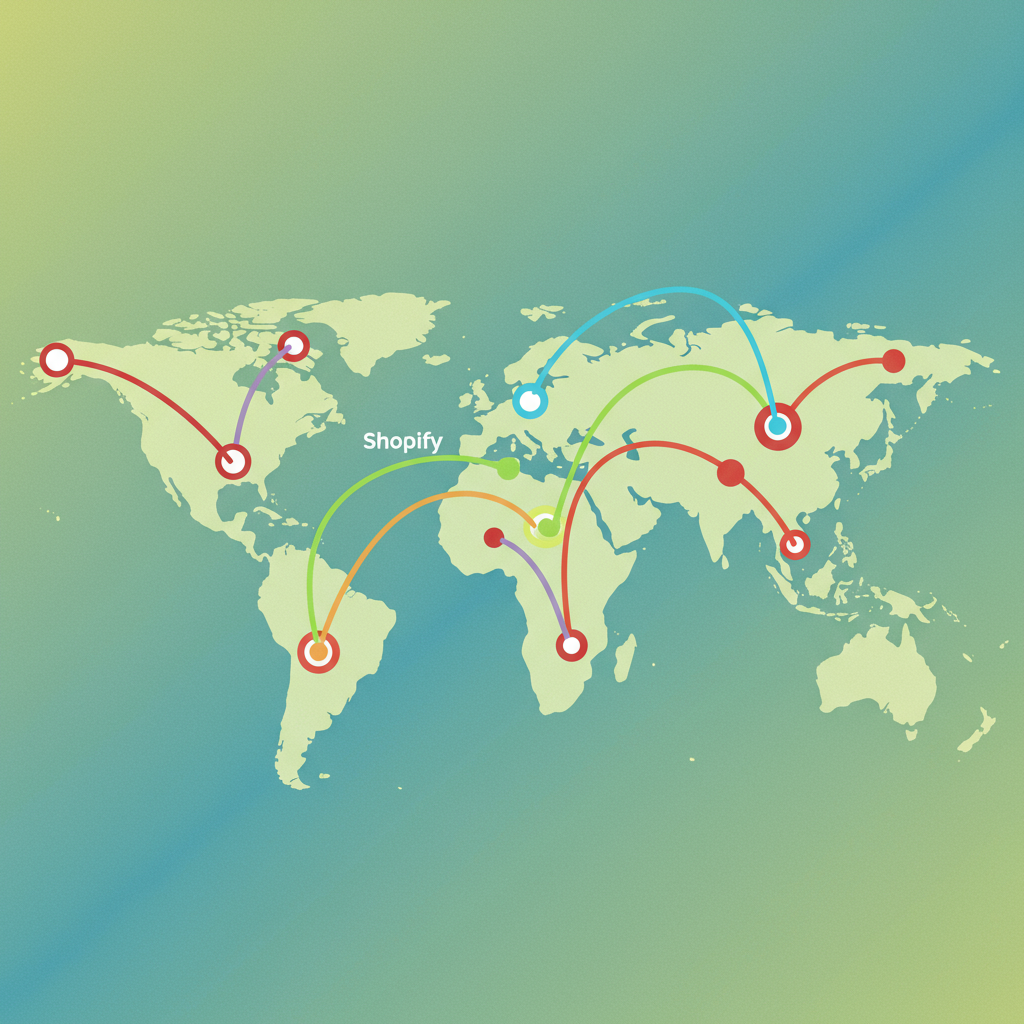My comprehensive guide to expanding your e-commerce presence and connecting with diverse customers worldwide.
As a merchant, I’ve always been fascinated by the idea of reaching customers beyond my immediate borders. The internet has made the world a smaller place, but truly connecting with international audiences requires more than just having a website.
One of the most powerful strategies I’ve discovered for global expansion is multi-language SEO. It’s not just about translating your store; it’s about optimizing it so that search engines understand which language and region your content is intended for.
For Shopify store owners like us, navigating the complexities of multi-language SEO can seem daunting. But trust me, the rewards of tapping into new markets are immense.
In this article, I want to share my insights and practical steps on how you can effectively implement multi-language SEO for your Shopify store, ensuring you’re visible to customers no matter what language they speak.
First, let’s understand why multi-language SEO is so crucial. Imagine a potential customer in Germany searching for your product in German. If your store only appears in English, you’ve likely lost that sale.
Search engines like Google prioritize showing users content in their preferred language and region. By optimizing for multiple languages, you significantly increase your chances of appearing in relevant search results for international queries.
Shopify has made strides in supporting multi-language stores, especially with the introduction of Shopify Markets. This platform feature helps manage international selling, including currency conversion, duties, and yes, even language.
However, simply enabling multiple languages through Shopify Markets or a third-party app isn’t enough for robust SEO. We need to ensure search engines can properly crawl, index, and understand our translated content.
One of the most critical elements of multi-language SEO is the `hreflang` tag. This HTML attribute tells search engines the language and geographical targeting of a webpage.
For example, if you have an English version of a page and a French version, the `hreflang` tags would tell Google that these pages are equivalents, just in different languages.
Without `hreflang` tags, search engines might see your translated pages as duplicate content, which can negatively impact your rankings. Shopify, especially with Markets, often handles these tags automatically, but it’s always good to verify.
Next, let’s talk about URL structure. There are generally three main approaches for multi-language sites: subdirectories, subdomains, and country-code top-level domains (ccTLDs).
For Shopify, subdirectories (e.g., `yourstore.com/fr/product-name`) are often the most practical and SEO-friendly option. Shopify Markets typically implements this structure, which is excellent for consolidating domain authority.
Subdomains (e.g., `fr.yourstore.com`) are also viable but can sometimes be treated as separate entities by search engines, requiring more SEO effort for each subdomain.
ccTLDs (e.g., `yourstore.fr`) are ideal for strong country-specific targeting but require managing multiple domains, which can be complex and costly for a Shopify store.
When it comes to content, remember that translation is not localization. Localization goes beyond mere word-for-word translation; it adapts your content to the cultural nuances, idioms, and preferences of your target audience.
This includes everything from currency and measurement units to imagery and even the tone of your marketing copy. A truly localized experience builds trust and resonates more deeply with customers.
Keyword research is another area where multi-language SEO demands specific attention. You can’t just translate your English keywords and expect them to perform well in another language.
You need to conduct dedicated keyword research for each target language, using tools that support those languages. What’s popular in one country might not be in another, even if they speak the same language.
Consider the user intent behind searches in different languages. Are they looking for the same information or products? Are there local slang terms or common misspellings you should target?
Technical SEO considerations also apply. Ensure your translated pages are included in your XML sitemaps. Check for any broken links or crawl errors specific to your international versions.
Page speed is universally important. International users might be accessing your site from different geographical locations, so ensure your hosting and CDN (Content Delivery Network) are optimized for global delivery.
Many Shopify apps can assist with multi-language implementation, such as Weglot, Langify, or Transcy. While Shopify Markets provides a solid foundation, these apps can offer more granular control over translations and SEO settings.
Finally, don’t forget about user experience. Make it easy for visitors to switch between languages. A clear, intuitive language selector is essential, often placed in the header or footer of your site.
Monitor your international traffic and conversions using Google Analytics. Pay attention to bounce rates and time on site for your translated pages. Are users engaging with the content as you’d hoped?
What do you think about this approach to multi-language SEO for Shopify? I’d love to hear your thoughts and experiences.
Remember to register your international sites in Google Search Console and set up international targeting if you’re using ccTLDs or subdomains, though for subdirectories, Google usually handles this automatically.
Avoid common pitfalls like relying solely on automatic translation tools without human review. While convenient, they often miss cultural context and can lead to awkward or even incorrect translations.
Also, don’t neglect local SEO within your multi-language strategy. If you have physical locations or target specific cities within a country, optimize for local keywords and ensure your Google My Business profiles are updated in relevant languages.
In conclusion, multi-language SEO on Shopify is a powerful strategy for global expansion. It requires a thoughtful approach to `hreflang` tags, URL structure, localized content, and dedicated keyword research.
By investing the time and effort into these areas, you’ll not only make your Shopify store accessible to a wider audience but also significantly improve your chances of converting international visitors into loyal customers.
Embrace the global marketplace, and watch your Shopify store thrive across borders!






